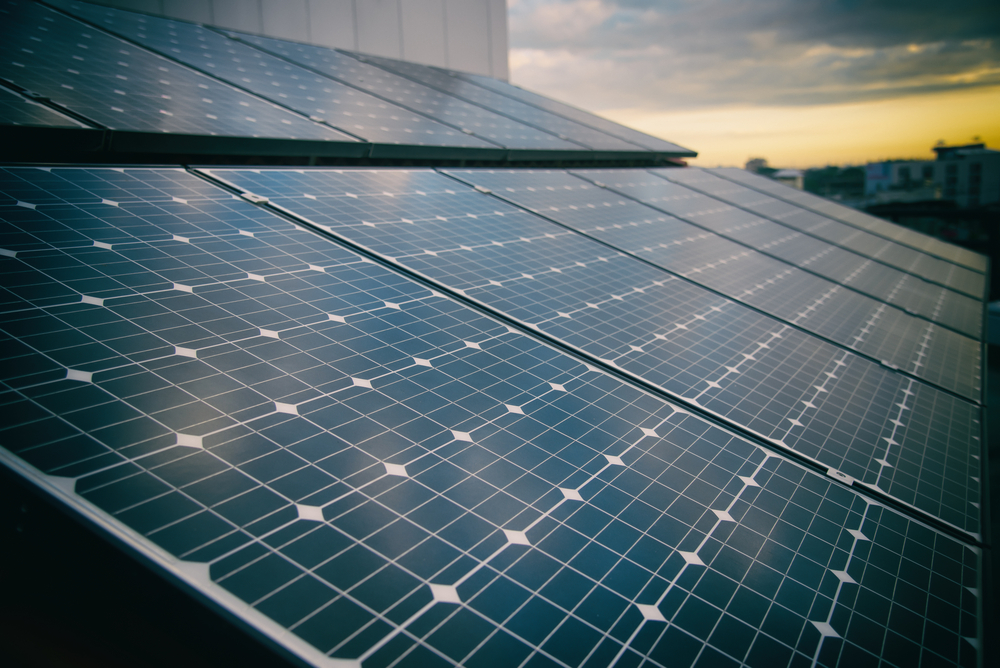Engineers and researchers make a lot of progress in the solar energy industry these days. The latest breakthrough comes in the form of a new type of solar panel capable of converting over 25% of the received sunlight into electricity. That is quite a significant development in the solar energy industry, as the silicon solar cell comes close to the maximum level of efficiency possible.
Improved Solar Cells Are A Big Step Forward
Renewable energy sources have become of the hottest trends as of late. Governments, enterprises, and consumers are looking for alternative ways to generate electricity, preferably as an effort to reduce the overall costs. Even though solar technology has become more accessible to virtually everyone, the solar panels we use are not optimally efficient
All of that is about to change, thanks to a new breakthrough discovered by scientists of the Kaneka Corporation in Japan. They successfully improved the photo-conversion efficiency of silicon solar cells. To be more specific, their solar cell is capable of converting 26.3% of all of the energy found in sunlight beans to electricity. In comparison, tree leaves are only able to convert 3% of sunlight into energy.
Very few people know how efficient – or inefficient – current generations of solar cells are. The previous efficiency record sits at 25.6%, which makes this new breakthrough look like a minor advancement. However, it goes to show there is still progress to make solar cells more efficient, which benefits the harvesting of renewable energy sources. It is very well possible the scientists will reach the theoretical efficiency limit of 29.1% in the coming years.
Unfortunately, it will take some time until consumers and enterprises will be able to use these new solar cells. Right now, there are no plans to make them commercially available, although that situation will change over the coming years. The team of scientists will conduct further work and analysis before these cells can be assembled into viable solar panels. It is unclear how long this process may take, although it seems unlikely these cells will be commercially available before 2020
Being able to convert more sunlight rays into electricity is a significant step in the right direction, to say the least. Making silicon solar cells more efficient than ever before is the right way forward. According to Nature Asia, it is expected photovoltaic electricity – generated via solar panels and solar cells – will account for over 20% of global primary energy demand by 2050. To accommodate such a high demand, more efficient solar cells are direly needed.
Considering how businesses are flocking to solar energy these days, such a breakthrough deserves more public attention. Relying on renewable energy sources will allow consumers and enterprises to reduce their electricity costs, as well as contribute to the fight against global warming. The next logical step is to build larger batteries capable of storing more electricity generated through solar cells.
If you liked this article, follow us on Twitter @themerklenews and make sure to subscribe to our newsletter to receive the latest bitcoin, cryptocurrency, and technology news.

